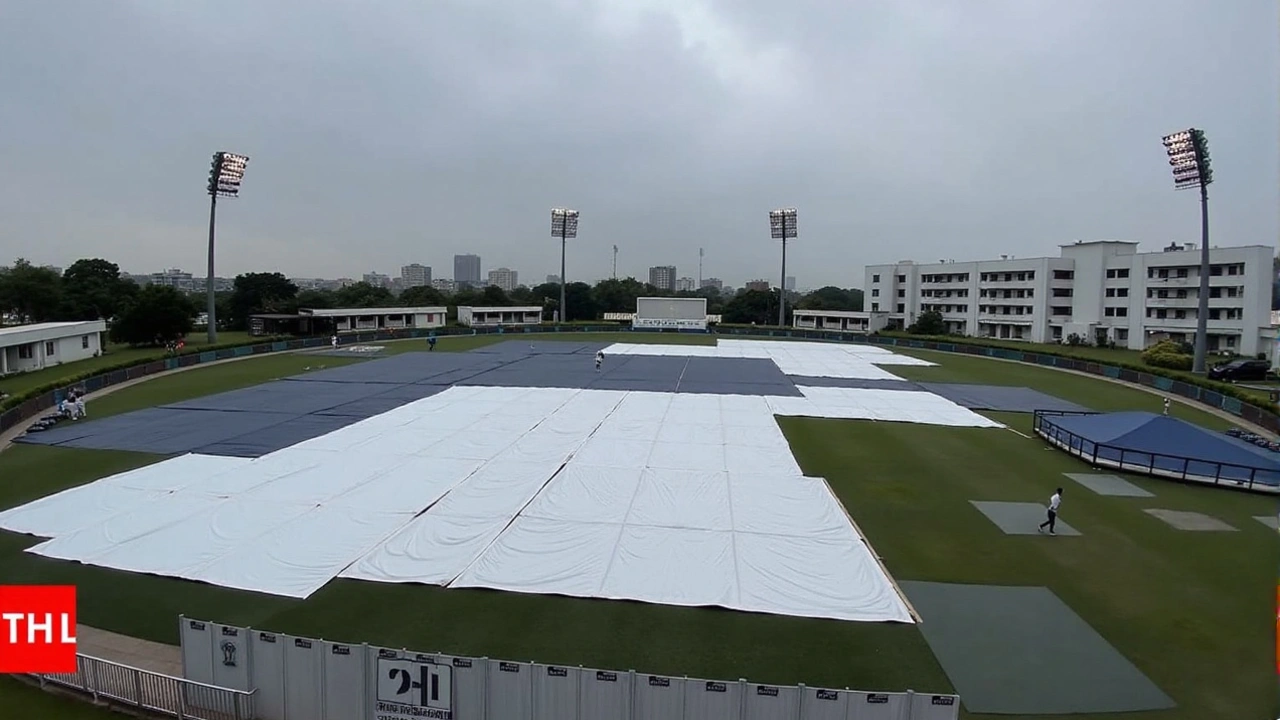Cricket Rain Delay – What You Need to Know
Rain shows up out of nowhere and can turn a sunny match into a waiting game. If you’re watching cricket, a rain delay feels like the longest thing ever. The good news is there are clear rules that tell everyone what to do when the sky opens up.
What Happens When Rain Hits?
The moment water starts dripping on the pitch, the umpires check the conditions. If the surface gets too slippery, they call "no play" and the ball is taken off. In Test matches there’s usually a 30‑minute break to see if the rain stops. If it doesn’t, play can be suspended for hours or even days.
One‑day games (ODIs) and T20s use the Duckworth‑Lewis‑Stern (DLS) method. When the weather interrupts, officials record how many overs each side has faced and then calculate a revised target based on the remaining overs. This way both teams get a fair chance even if they lose time.
Some tournaments schedule reserve days for knockout games. If rain ruins the final day, the match moves to the next day and finishes there. That’s why you’ll see headlines like "Match moved to Reserve Day after rain delay" during big events.
Tips for Fans During a Rain Delay
Don’t just sit in the stand and stare at puddles. Bring a waterproof jacket, a hat, and an extra pair of socks – you’ll thank yourself if the field gets soaked. A good portable charger keeps your phone alive so you can follow live updates on social media or the official app.
Most cricket boards stream matches online with real‑time commentary. If the stadium is empty, switch to a streaming service and watch the DLS calculations as they happen. It’s often more exciting than watching a dry field.
Use the downtime to snack, stretch, or catch up on other games. Rain delays are common in places like England or South Africa, so you’ll get used to them quickly.
If you’re at home, keep an eye on weather alerts and match schedules. Some leagues will announce a new start time by email or push notification. Being prepared means you won’t miss the next ball when play resumes.
Remember that rain is part of cricket’s charm. It adds drama, forces teams to think strategically, and gives fans a story to tell. So when the clouds roll in, stay patient, stay informed, and enjoy the unique twist that weather brings to the game.

